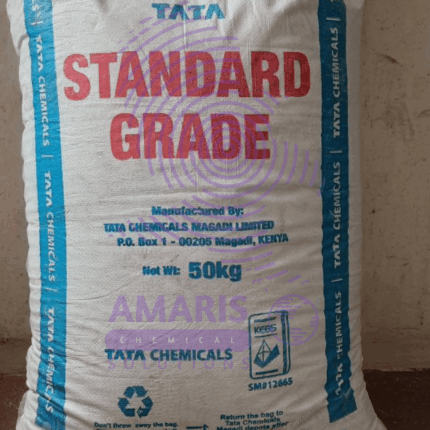
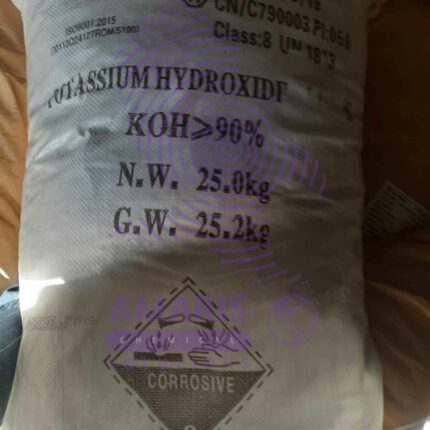
Nonylphenol Ethoxylate 220kg
$85,000.00 Original price was: $85,000.00.$84,000.00Current price is: $84,000.00.
Uses of Nonylphenol ethoxylate (NPE)
Nonylphenol Ethoxylate is a surfactant compound that belongs to the family of alkylphenol ethoxylates. It is produced by ethoxylation, a process that involves adding ethylene oxide molecules to nonylphenol, resulting in a chain of ethylene oxide units attached to the nonylphenol core. The number of ethylene oxide units added can vary, resulting in different forms of NPEs with varying degrees of ethoxylation.
NPEs are commonly used in industrial and commercial applications as detergents, emulsifiers, wetting agents, and dispersants due to their excellent surfactant properties. They possess both hydrophilic (water-loving) and lipophilic (oil-loving) properties, making them effective in reducing surface tension, enhancing the mixing of oil and water, and improving the solubility of various substances.
However, it is important to note that NPEs have raised environmental concerns. They have been found to be persistent in the environment and can potentially bioaccumulate, leading to harmful effects on aquatic organisms and ecosystems. Due to their potential adverse impacts, the use of NPEs has been restricted or banned in certain regions, and alternative surfactants with lower environmental impact are being sought.
Nonylphenol ethoxylate (NPE) has been widely used in various industrial and commercial applications due to its surfactant properties. Some of the major or common uses of NPE include:
- Industrial Cleaning: NPEs have been utilized in industrial cleaning formulations, including degreasers, metal cleaners, and parts washers. Their ability to remove oil, grease, and other contaminants from surfaces makes them effective in industrial cleaning processes.
- Textile Processing: NPEs have been employed in textile processing, particularly in the textile dyeing and finishing stages. They aid in the dispersion and wetting of dyes and assist in the removal of excess dye from fabrics.
- Agrochemicals: NPEs have been used in the formulation of agricultural pesticides and herbicides to enhance the effectiveness of the active ingredients. They help in dispersing and spreading the chemicals on plants and improving their adhesion.
- Paper and Pulp Industry: NPEs have found applications in the paper and pulp industry as wetting agents, emulsifiers, and dispersants. They assist in the efficient mixing of pulp fibers, improve paper strength, and aid in the removal of ink during recycling processes.
- Paints and Coatings: NPEs have been utilized in the formulation of paints, coatings, and adhesives as surfactants. They improve the wetting and spreading properties of these products, enabling better coverage and adhesion to surfaces.
- Household and Institutional Cleaning Products: NPEs have been present in various household and institutional cleaning products, such as detergents, all-purpose cleaners, and degreasers. They help in the removal of dirt, stains, and grease from surfaces.


 Emollients
Emollients Humectants
Humectants UV Filters
UV Filters Surfactants (cosmetic)
Surfactants (cosmetic) Preservatives (cosmetic)
Preservatives (cosmetic) Fragrances and Essential Oils
Fragrances and Essential Oils Antioxidants (cosmetics)
Antioxidants (cosmetics)
 Solvents (lab)
Solvents (lab) Chromatography Chemicals
Chromatography Chemicals Microbiology and Cell Culture Reagents
Microbiology and Cell Culture Reagents Biochemical Reagents
Biochemical Reagents Inorganic and Organic Standards
Inorganic and Organic Standards Spectroscopy Reagents
Spectroscopy Reagents Molecular Biology Reagents
Molecular Biology Reagents
 Precious Metal Extraction Agents
Precious Metal Extraction Agents
 Plasticizers
Plasticizers Polymerization Initiators
Polymerization Initiators Stabilizers
Stabilizers Monomers
Monomers Fillers and Reinforcements
Fillers and Reinforcements Antioxidants (plastics)
Antioxidants (plastics) Colorants (plastic pigments,Dyes)
Colorants (plastic pigments,Dyes)
 Fertilizers
Fertilizers Plant Growth Regulators
Plant Growth Regulators Soil Conditioners
Soil Conditioners Animal Feed Additives
Animal Feed Additives Biostimulants
Biostimulants
 Dough Conditioners
Dough Conditioners Flour Treatments
Flour Treatments Fat Replacers
Fat Replacers Preservatives (baking)
Preservatives (baking)
 Surfactants (cleaning)
Surfactants (cleaning) Builders
Builders Bleaching Agents
Bleaching Agents Enzymes
Enzymes Solvents (cleaning)
Solvents (cleaning) Fragrances
Fragrances Disinfectant
Disinfectant Metal cleaning
Metal cleaning
 Binders/Resins
Binders/Resins Pigments
Pigments Solvents (paint)
Solvents (paint) Additives
Additives Driers
Driers Anti-Corrosion Agents
Anti-Corrosion Agents Specialty Coatings
Specialty Coatings Functional Coatings
Functional Coatings Application-Specific Coatings
Application-Specific Coatings
 Sealants and Adhesives
Sealants and Adhesives
 Biodegradable Surfactants
Biodegradable Surfactants Bio-based Solvents
Bio-based Solvents Renewable Polymers
Renewable Polymers Carbon Capture Chemicals
Carbon Capture Chemicals Wastewater Treatment Chemicals
Wastewater Treatment Chemicals
 Preservatives (food)
Preservatives (food) Flavor Enhancers
Flavor Enhancers Acidulants
Acidulants Sweeteners
Sweeteners Emulsifiers
Emulsifiers Antioxidants (food)
Antioxidants (food) Colorants (food)
Colorants (food) Nutrient Supplements
Nutrient Supplements Nutraceutical Ingredients
Nutraceutical Ingredients
 Fresh Herbs
Fresh Herbs Whole Spices
Whole Spices Ground Spices
Ground Spices Spice Blends
Spice Blends
 Surfactants(oil)
Surfactants(oil)
 Antibiotics
Antibiotics Active Pharmaceutical Ingredients
Active Pharmaceutical Ingredients Excipients
Excipients Vaccine Adjuvants
Vaccine Adjuvants Nutraceutical Ingredients
Nutraceutical Ingredients Solvents (pharmaceutical)
Solvents (pharmaceutical)
 Automotive chemicals
Automotive chemicals Pyrotechnic Chemicals
Pyrotechnic Chemicals


 Vulcanizing Agents
Vulcanizing Agents Accelerators & Retarders
Accelerators & Retarders Antidegradants
Antidegradants Reinforcing Agents
Reinforcing Agents Plasticizers & Softeners
Plasticizers & Softeners Fillers & Extenders
Fillers & Extenders Blowing Agents
Blowing Agents Adhesion Promoters
Adhesion Promoters
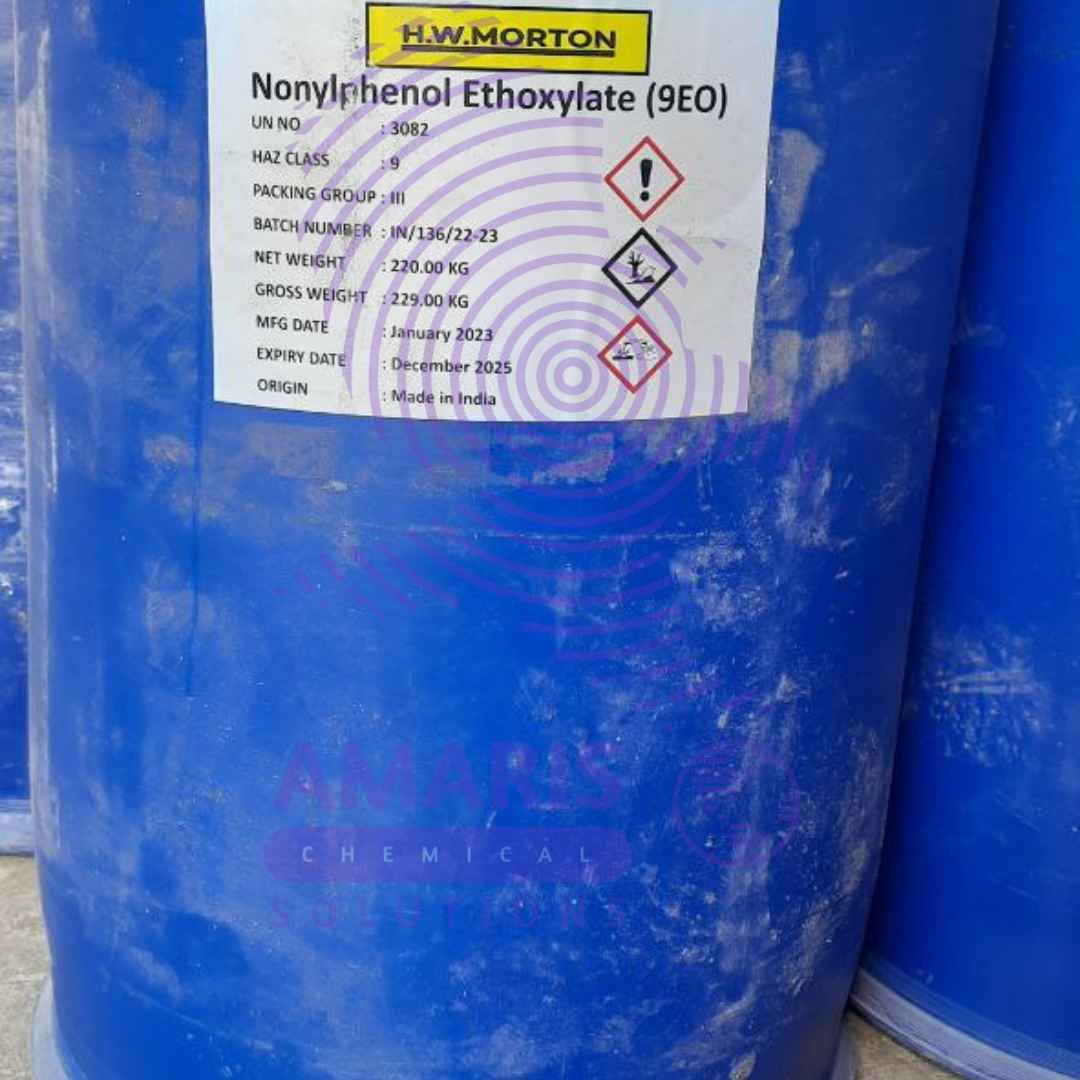
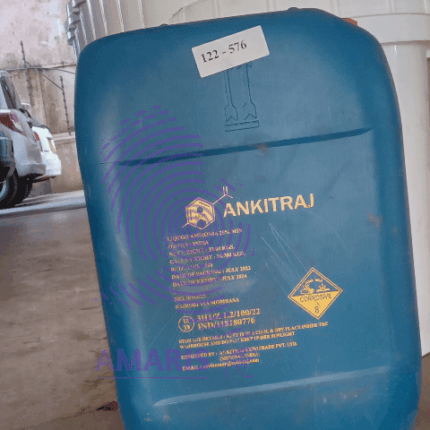
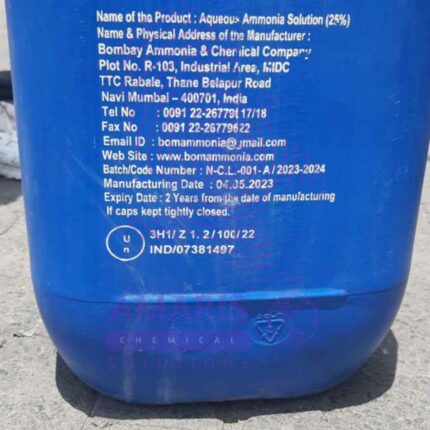
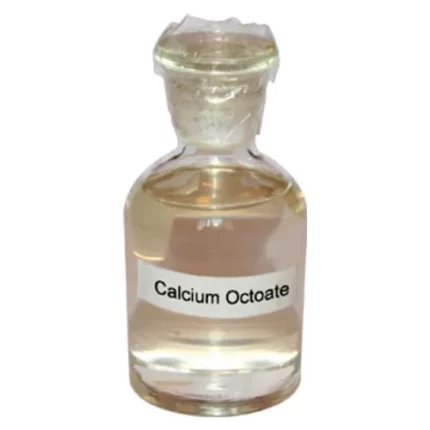

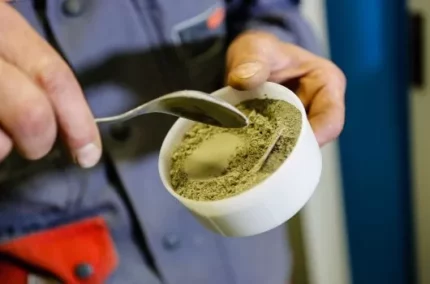
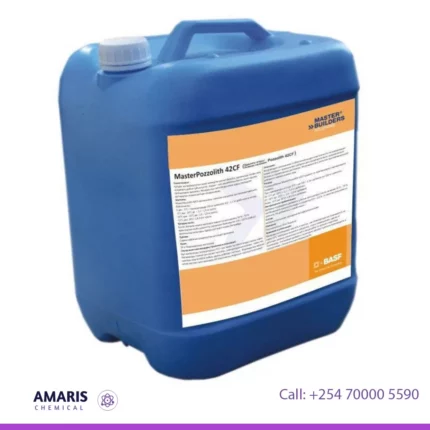
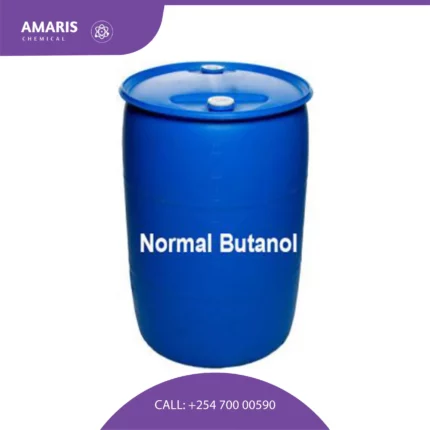
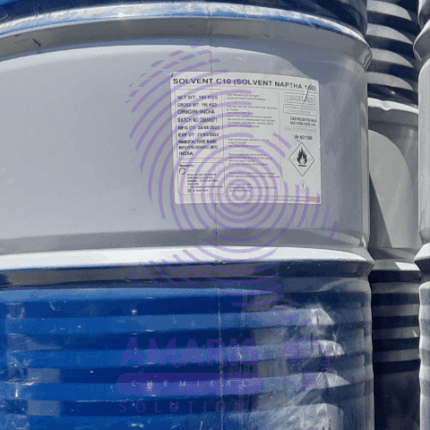
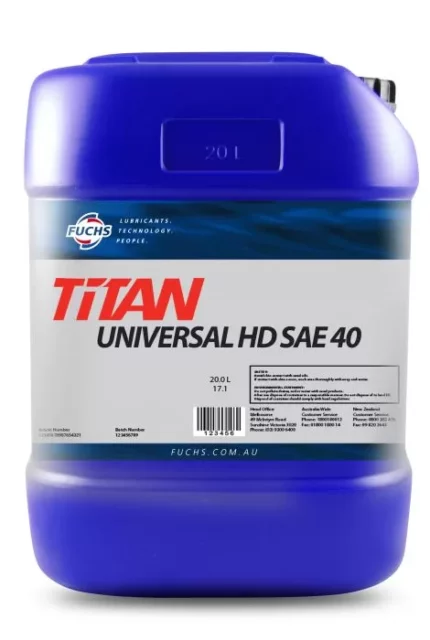













Murega –
Cleaning Agents: NPE is widely used in household and industrial cleaning products for its ability to remove grease, oil, and dirt.
Robus –
This product is a versatile surfatant with effective cleaning capabilities.
Njiwa –
I appreciate its effectiveness in various industrial and household cleaning applications.
Rexie –
I find nonylphenol ethoxylate effective.
Harris –
Efficient process
Gideon –
The product works perfectly just as wanted it to
Jeremy Favour –
Nonylphenol Ethoxylate is exactly what I wanted
Gloria Maya –
This is exactly what I wanted